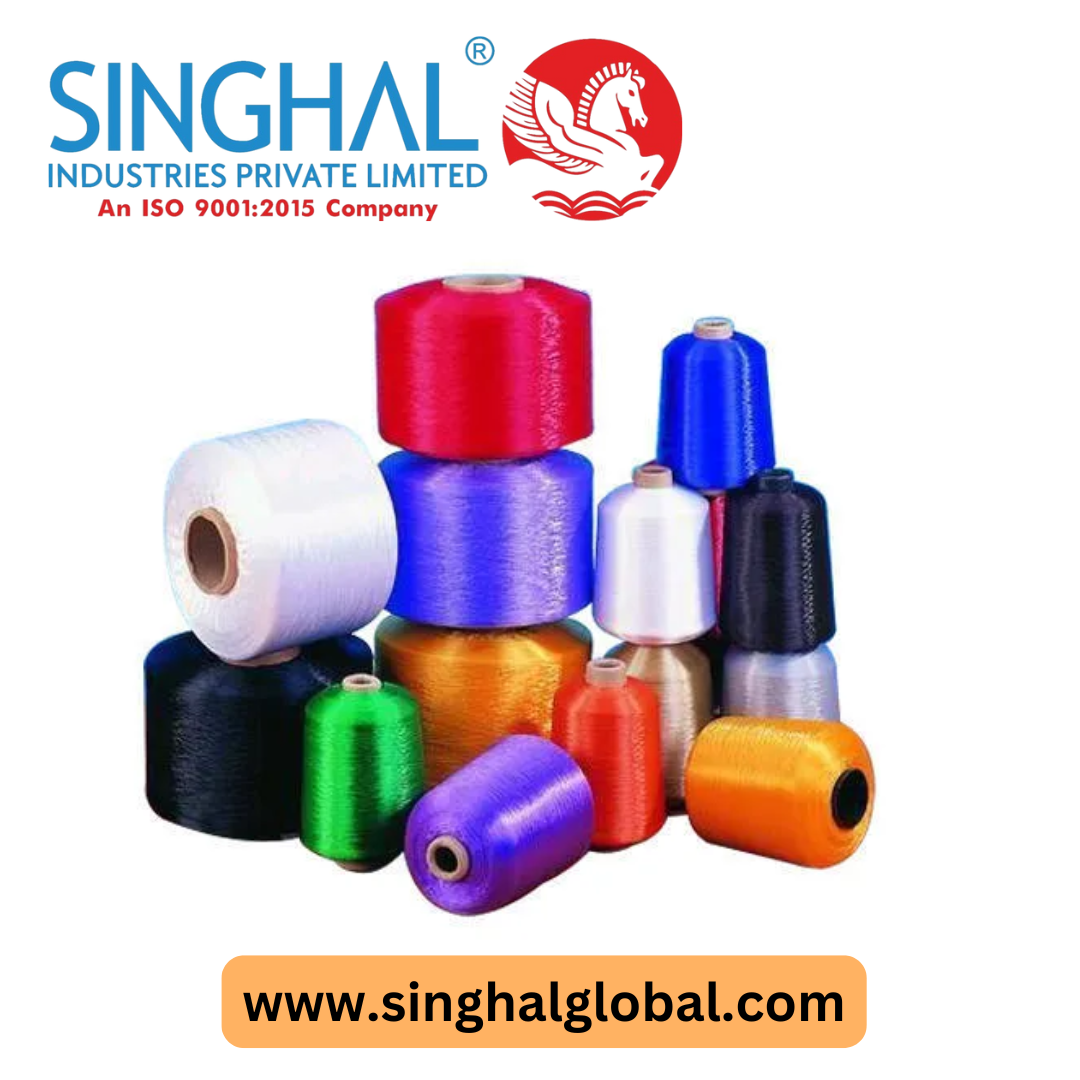In the world of textiles and packaging, PP Multifilament Yarn Price stands out for its unique properties and diverse applications. Made from polypropylene, this type of yarn is not only lightweight and strong but also offers excellent resistance to moisture and chemicals. This article delves into what PP multifilament yarn is, its benefits, applications across various industries, and answers to frequently asked questions to provide a comprehensive overview of this versatile material.
What Is PP Multifilament Yarn?
PP multifilament yarn is a type of yarn that consists of multiple filaments or strands of polypropylene fibers. This yarn is produced through a process of melting and spinning polypropylene granules, creating fine threads that can be woven or knitted into various fabrics and products. The resulting yarn is known for its flexibility, strength, and durability, making it suitable for numerous applications.
Key Characteristics of PP Multifilament Yarn
- High Tensile Strength: The structure of multifilament yarn gives it superior strength compared to monofilament yarn, making it suitable for heavy-duty applications.
- Lightweight: Despite its strength, PP multifilament yarn is lightweight, which helps reduce overall product weight in various applications.
- Moisture Resistance: This yarn is inherently resistant to moisture, making it ideal for use in damp environments.
- Chemical Resistance: PP multifilament yarn exhibits good resistance to various chemicals, making it suitable for industrial applications.
- UV Resistance: Many types of PP multifilament yarn are treated to resist UV degradation, enhancing their longevity when exposed to sunlight.
Benefits of Using PP Multifilament Yarn
The PP Multifilament Yarn in India offers several advantages that make it a popular choice across various industries:
1. Durability
Due to its robust structure, PP multifilament yarn is highly durable, ensuring that products made from it can withstand wear and tear over time. This durability is especially beneficial in industrial and agricultural applications.
2. Versatility
The yarn can be used in a variety of applications, from textiles and geotextiles to packaging and industrial uses. Its adaptability allows manufacturers to create products tailored to specific needs.
3. Cost-Effective
PP multifilament yarn is often more cost-effective than alternative materials, particularly when considering its durability and lifespan. This makes it a smart choice for businesses looking to optimize their costs.
4. Eco-Friendly Options
Many manufacturers offer recycled PP multifilament yarn, contributing to sustainability efforts by reducing plastic waste and promoting a circular economy.
5. Ease of Processing
This yarn is easy to handle and process, making it suitable for various manufacturing techniques, including weaving, knitting, and braiding.
Applications of PP Multifilament Yarn
PP multifilament yarn is used across multiple industries, thanks to its unique properties. Here are some common applications:
1. Textiles
In the textile industry, PP multifilament yarn is used to create fabrics for clothing, upholstery, and industrial textiles. Its strength and durability make it suitable for heavy-duty applications, such as workwear and outdoor gear.
2. Packaging
This yarn is widely used in packaging applications, particularly for creating bags and sacks. Its moisture and tear resistance make it ideal for packaging agricultural products, chemicals, and construction materials.
3. Geotextiles
In civil engineering and construction, PP multifilament yarn is used to produce geotextiles that provide soil stabilization, drainage, and erosion control. These textiles play a crucial role in enhancing the longevity of infrastructure projects.
4. Ropes and Twines
PP multifilament yarn is commonly used to manufacture ropes and twines due to its strength and flexibility. These products are essential in agriculture, shipping, and recreational activities.
5. Fishing Nets
The fishing industry benefits from PP multifilament yarn, as it is used to create durable fishing nets. The yarn’s resistance to moisture and UV light ensures that the nets last longer in challenging marine environments.
How to Choose the Right PP Multifilament Yarn
When selecting PP multifilament yarn for your needs, consider the following factors:
1. Application Requirements
Identify the specific requirements of your application. Different applications may require varying strengths, thicknesses, and properties.
2. Yarn Count and Denier
Yarn count and denier (the weight of the yarn) affect the thickness and strength of the final product. Choose the appropriate specifications based on your project’s needs.
3. Color and Finish
PP multifilament yarn is available in various colors and finishes. Consider whether you need specific colors for branding or aesthetic purposes.
4. Sustainability Options
If eco-friendliness is a priority, look for manufacturers offering recycled PP multifilament yarn or options with reduced environmental impact.
Conclusion
PP multifilament yarn is a versatile and durable material that has found its place in various industries due to its strength, lightweight nature, and resistance to moisture and chemicals. Its adaptability makes it an ideal choice for textiles, packaging, geotextiles, and more. By understanding the properties, benefits, and applications of PP multifilament yarn, businesses and consumers alike can make informed decisions that enhance their operations and contribute to sustainability efforts. As the demand for efficient and eco-friendly materials grows, PP Multifilament Yarn Suppliers will undoubtedly continue to play a crucial role in modern manufacturing and packaging solutions.
Frequently Asked Questions (FAQs)
1. What is the difference between PP multifilament yarn and monofilament yarn?
PP multifilament yarn is made up of multiple strands, offering greater strength and flexibility, while monofilament yarn consists of a single strand, making it less flexible but suitable for specific applications.
2. Is PP multifilament yarn suitable for outdoor use?
Yes, many types of PP multifilament yarn are UV-treated and moisture-resistant, making them suitable for outdoor applications, such as in textiles and geotextiles.
3. Can PP multifilament yarn be recycled?
Yes, PP multifilament yarn can be recycled. Many manufacturers produce recycled options, contributing to sustainability efforts in the industry.
4. What industries commonly use PP multifilament yarn?
PP multifilament yarn is used in textiles, packaging, agriculture, civil engineering, and fishing, among other industries, due to its versatility and strength.


